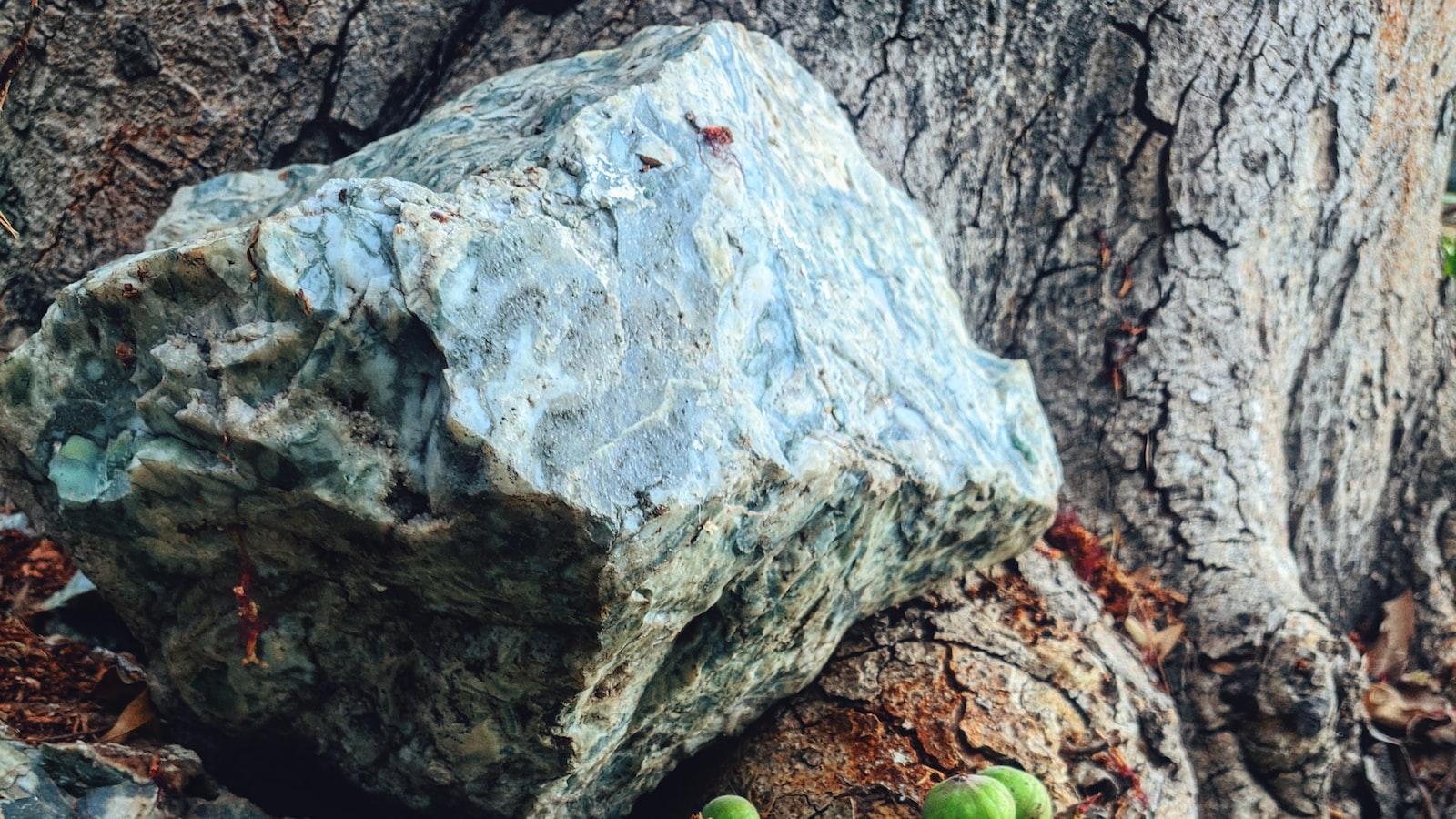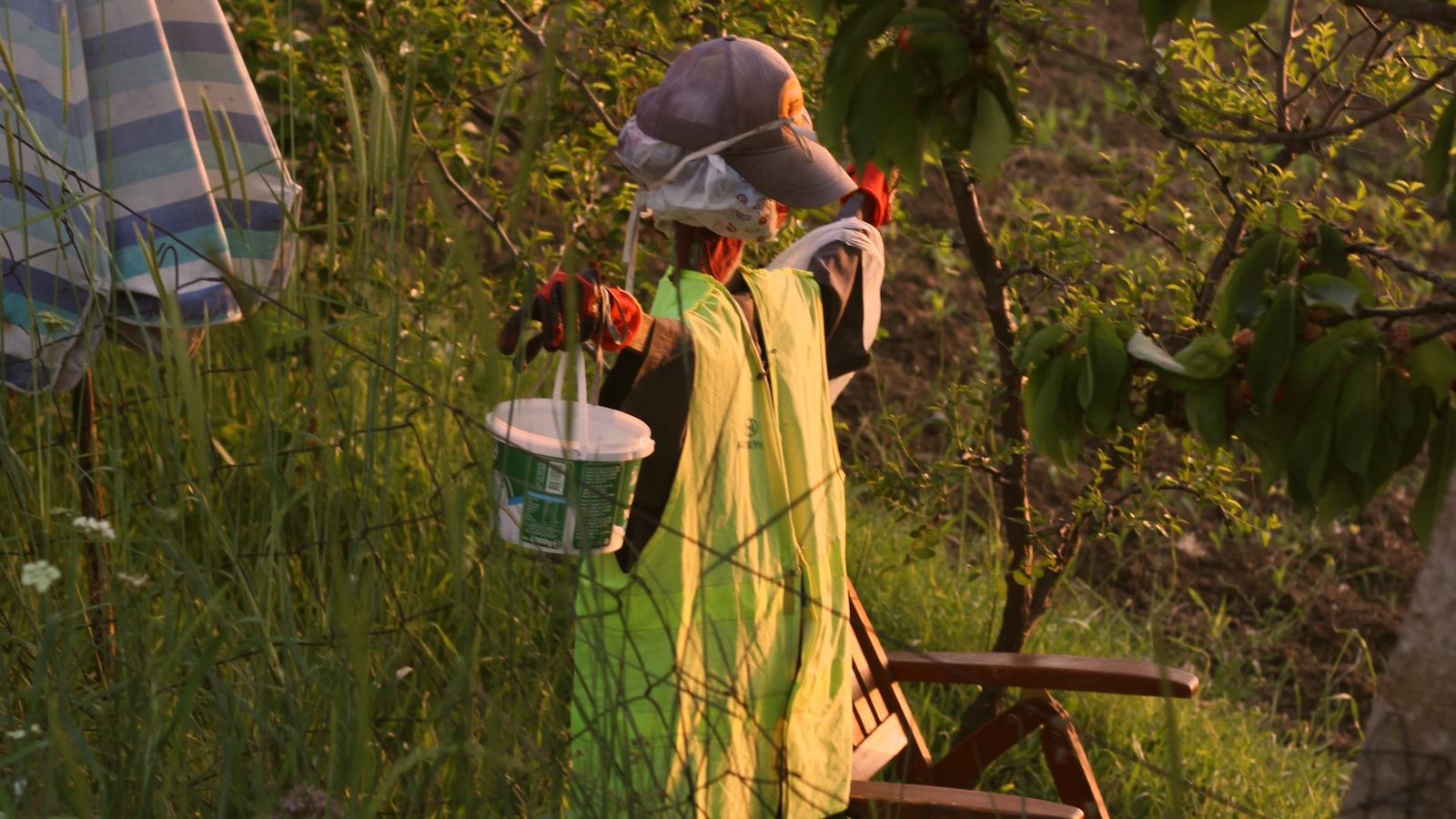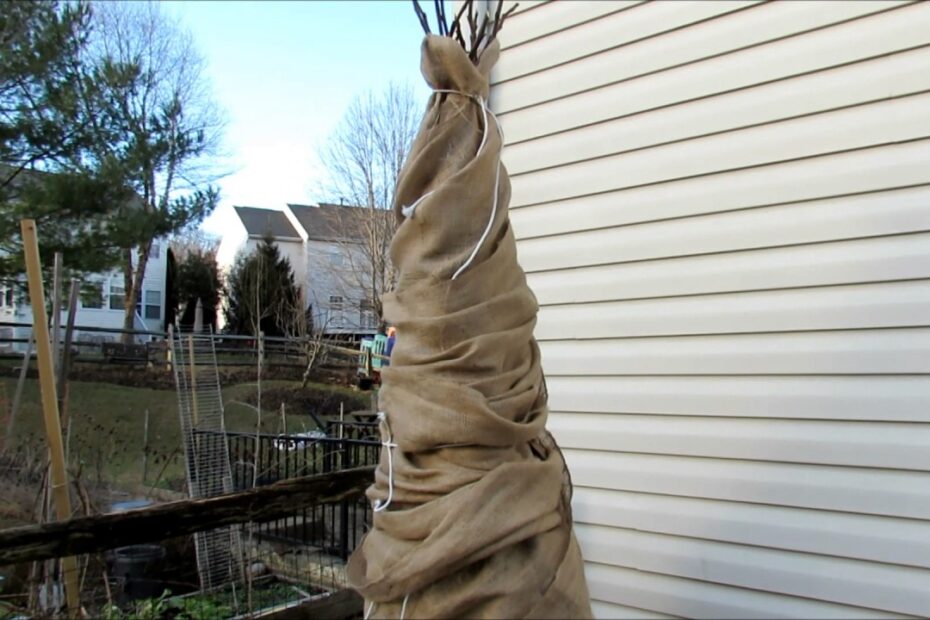The ethereal dance of autumn leaves has begun, unveiling a gentle reminder that winter’s frosty breath is inching closer. Amidst the golden haze, the majestic fig tree stands tall, adorned with emerald foliage, as if guarding a secret haven within its branches. As temperatures plummet and snowflakes tease the chilled air, it’s essential to awaken the dormant gardener within, for the time has come to protect our beloved fig tree. In this article, we shall delve into the captivating art of preserving these botanical wonders through the harsh winter months. Join us as we embark on a whimsical journey, blending nature’s wisdom with our resourcefulness, as we unravel the secret to covering a fig tree and nurturing it through the frost-kissed nights.
Preparing Your Fig Tree for Winter: A Guide to Ensuring its Survival
Protecting Your Fig Tree During the Cold Season
As winter approaches, it is crucial to take the necessary steps to safeguard your beloved fig tree and ensure its survival during the cold months. One effective method to protect your fig tree from harsh winter conditions is by covering it properly. By providing insulation and shielding it from freezing temperatures, you can help your fig tree thrive and emerge strong when the spring arrives.
When covering your fig tree for winter, consider these important features:
| Features | Tips |
|---|---|
| 1. Material | Use a frost blanket or burlap to cover the entire tree, avoiding plastic materials that may trap moisture and suffocate the plant. |
| 2. Structured Support | Install stakes around the tree to create a framework for the coverings, ensuring they do not rest directly on the branches. |
| 3. Ventilation | Leave enough space at the top of the covering to allow for proper air circulation and prevent excess moisture build-up. |
Furthermore, it is essential to water your fig tree adequately before the cold weather sets in. Moist soil helps insulate the roots and keeps the tree hydrated during the dormant period. By following these tips, your fig tree will have the best chance of weathering the winter and thriving once the frost retreats.

Understanding the Winter Needs of Your Fig Tree: Insight into Optimum Conditions
In order to ensure the survival and health of your fig tree during the winter months, it is essential to understand its specific needs and provide it with optimum conditions. By taking the necessary steps to protect your fig tree from the harsh winter elements, you can ensure that it thrives and produces delicious fruit year after year.
One of the most effective ways to protect your fig tree during the winter is to cover it with a protective layer. This can be achieved by using a material such as burlap or frost cloth, which acts as insulation and shields the tree from freezing temperatures. It is important to wrap the cover loosely around the tree to allow for airflow and prevent the buildup of moisture. Additionally, it is recommended to secure the cover at the base of the tree to prevent it from blowing away during strong winds. Remember to remove the cover once the threat of frost has passed to allow the tree to receive sunlight and air circulation for proper growth.
| Features | Tips |
|---|---|
| Insulation | Use materials like burlap or frost cloth to provide insulation and protect the tree from freezing temperatures. |
| Airflow | Wrap the cover loosely around the tree to allow for airflow and prevent moisture buildup. |
| Secure | Secure the cover at the base of the tree to prevent it from being blown away by strong winds. |

Choosing the Right Covering: Recommendations for Protecting Your Fig Tree
Are you worried about how to protect your beloved fig tree during the harsh winter months? Fret not! We have gathered some valuable recommendations to ensure your fig tree stays healthy and strong throughout the chilly season.
Firstly, it’s crucial to select the appropriate covering for your fig tree. The material used should provide insulation, protection from frost, and allow proper ventilation. It’s crucial to avoid suffocating the tree, as it still requires oxygen during its dormancy. Here are a few excellent cover options you can consider:
| Features/Tips | Materials |
|---|---|
| 1. Frost Protection | Woven fabric, burlap |
| 2. Insulation | Straw, hay, or wooden stakes wrapped with foam and mulch |
| 3. Ventilation | Mesh fabric or breathable covers |
Remember to secure the covering firmly to prevent it from blowing away during winter storms. Prioritize protecting the lower branches and the base of the tree, as these are the most vulnerable areas. Additionally, it’s essential to monitor weather forecasts and adjust the covering accordingly. On milder days, you may want to partially uncover the tree to allow for some air circulation.
By carefully choosing the right covering and providing adequate care, you can safeguard your fig tree and ensure a bountiful harvest in the coming year. This winter, grant your fig tree the protection it deserves and enjoy the delight of its thriving growth season after season!

Insider Tips for Wrapping Your Fig Tree: Step-by-Step Instructions for Winter Care
Wrapping your fig tree properly during the winter season is crucial to ensure its survival and protect it from the harsh elements. Follow these step-by-step instructions to give your beloved fig tree the care it needs for a healthy and flourishing return come spring.
Step 1: Gather the necessary materials
Before wrapping your fig tree, make sure you have all the required supplies at hand:
- Heavy-duty burlap
- Twine or sturdy rope
- Garden stakes or posts
- Scissors
- Insulating material (straw, dry leaves, or pine needles)
Step 2: Secure the fig tree
To prevent damage from winter winds and snow, you need to secure your fig tree:
- Drive garden stakes or posts into the ground around the perimeter of the tree, creating a barrier.
- Wrap the burlap around the stakes, ensuring it covers the entire tree and reaches the ground.
- Secure the burlap using twine or sturdy rope at the top, middle, and bottom of the tree.
Insider Tips and Features for Wrapping Your Fig Tree
| Tips | Features |
|---|---|
| Position the stakes at least two feet away from the tree to allow ample space for insulation. | Ensuring proper insulation creates a microclimate that shields the tree and prevents frost damage. |
| Use insulating material such as straw, dry leaves, or pine needles to fill the space between the burlap and the tree. | This extra layer of insulation helps retain heat and protects the fig tree from extreme cold. |
| Regularly check for moisture levels under the burlap during winter and water as necessary. | Keeping the soil moist underneath the covering provides the fig tree with vital hydration during dry winters. |
Frequently Asked Questions
Q: How can I dress my fig tree in the winter?
A: Dressing up your majestic fig tree for winter can be quite the fashion statement! Start by gently wrapping it with a cozy blanket of burlap, making sure to embrace every branch with warmth. Add a touch of whimsy, maybe a small scarf or a handmade knitted hat to keep its delicate leaves in style. Your fig tree will be the envy of the neighborhood!
Q: Is it necessary to cover my fig tree during the winter months?
A: Just like us, fig trees appreciate some protection from the bitter cold. Covering your leafy friend during winter is like giving it a snug hug, ensuring its survival and longevity. While they can tolerate mild winters, a little extra love from a well-crafted cover will help shield it from frosty conditions and ensure beautiful figs in the coming seasons.
Q: What’s the secret to a fabulous fig tree cover?
A: Ah, the secret to a fabulous fig tree cover lies in creativity and functionality. Remember, while style is important, functionality is key. Choose a material like burlap, a natural fabric known for its insulating properties and breathability. Be sure to secure the fabric gently, allowing enough space for air circulation, maintaining its health. Get creative and add a personal touch, enhancing your garden’s winter landscape and providing a cozy nook for your fig tree to thrive. The possibilities are endless! As we bid adieu to the balmy days of summer, it’s now time to turn our attention to the care and protection of our beloved fig trees. With winter’s icy grip approaching, it’s essential to shield these botanical gems from the biting cold and frosty winds. In this guide, we’ve unravelled the art of covering a fig tree, ensuring it stays snug and sheltered throughout the chilly months.
With every delicate touch and sturdy layer, your fig tree will be enveloped in a cocoon of warmth, guarded against the harsh elements. Each gentle knot of twine and every tenderly draped blanket will serve as a testament to your dedication as a responsible gardener, committed to preserving the beauty and vitality of nature.
As the winter transforms the world around us into a frost-glittered wonderland, your carefully protected fig tree will stand tall against the snowy backdrop, a testament to the triumph of human ingenuity and the power of nurturing. While the rest of your garden rests, your fig tree will be etching its own story, quietly awaiting the arrival of spring when it can flourishly burst forth anew.
So, my fellow gardeners, let us not merely view the act of covering a fig tree as a mundane chore to protect against the winter chill. Embrace it as an opportunity to become one with nature, to commingle your efforts with the cycles of life. In this dance with the seasons, we find solace, purpose, and a profound connection to the world around us.
As the final leaves fall and the last knot is tied, take a moment to admire your handiwork, knowing that you have crafted a sanctuary, a winter refuge, for your fig tree. And as you gaze at its shrouded silhouette, remember that beneath the layers, life persists with a quiet determination, awaiting the touch of springtime.
With this knowledge, my dear gardeners, a sense of fulfillment fills our hearts. For in this act of covering a fig tree, we have not only shielded a living being, but also created a haven of hope and a testimony to our dedication. And in this shared experience, we are reminded of the cyclical nature of life, where endings give way to new beginnings, and where the dormant winter conceals the promise of vibrant rebirth.
So, rejoice in this seasonal rhythm, dear gardeners, for covering a fig tree is not simply a task but an act of nurturing, love, and profound respect for the mysteries of the natural world. As we now bid farewell to this guide, let us remember that our fig trees will sleep peacefully, safely tucked away until the arrival of warmer days, when they shall once again grace our gardens with their abundant foliage and luscious fruits.
Until then, embrace the beauty of winter, knowing that within its icy clutches, lies the promise of spring—an enduring reminder of the ever-renewing cycle of life that unites us all.
- When to Put Weed and Feed on Lawn in Michigan - October 16, 2023
- When to Fertilize Potatoes Plants - October 16, 2023
- Can You Plant Clover in the Spring - October 16, 2023
Contents
- 1 Preparing Your Fig Tree for Winter: A Guide to Ensuring its Survival
- 2 Understanding the Winter Needs of Your Fig Tree: Insight into Optimum Conditions
- 3 Choosing the Right Covering: Recommendations for Protecting Your Fig Tree
- 4 Insider Tips for Wrapping Your Fig Tree: Step-by-Step Instructions for Winter Care
- 5 Step 1: Gather the necessary materials
- 6 Step 2: Secure the fig tree
- 7 Insider Tips and Features for Wrapping Your Fig Tree
- 8 Frequently Asked Questions

